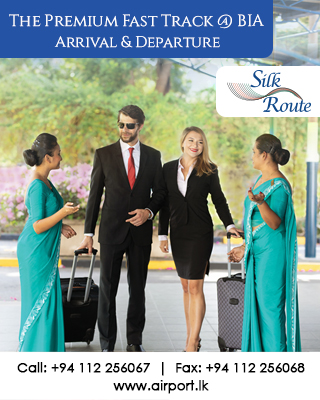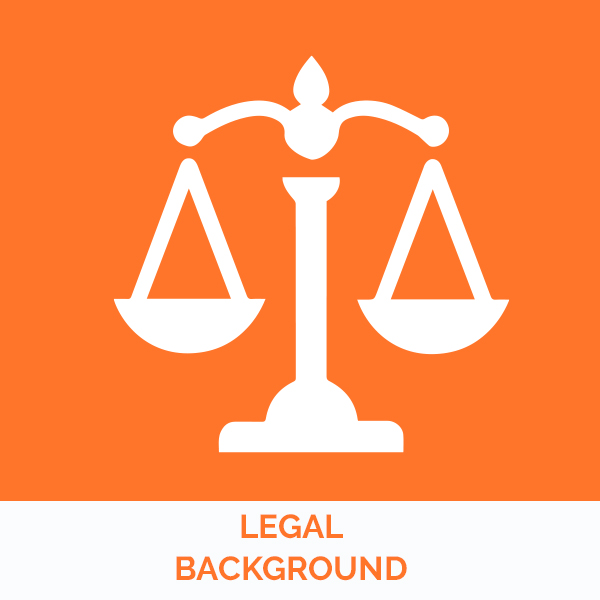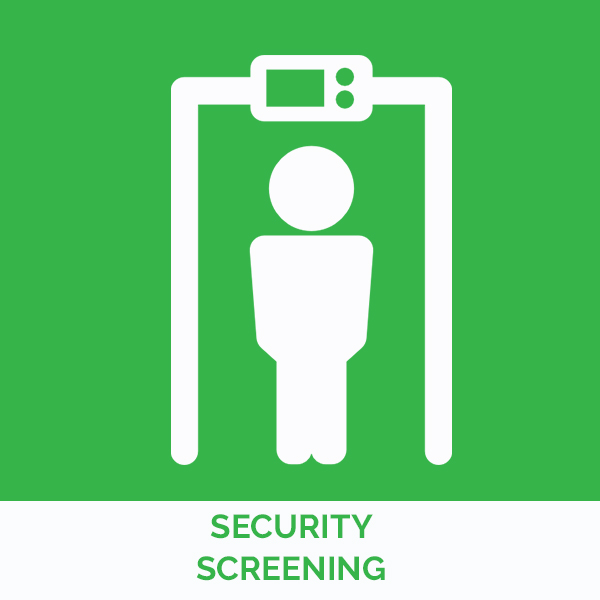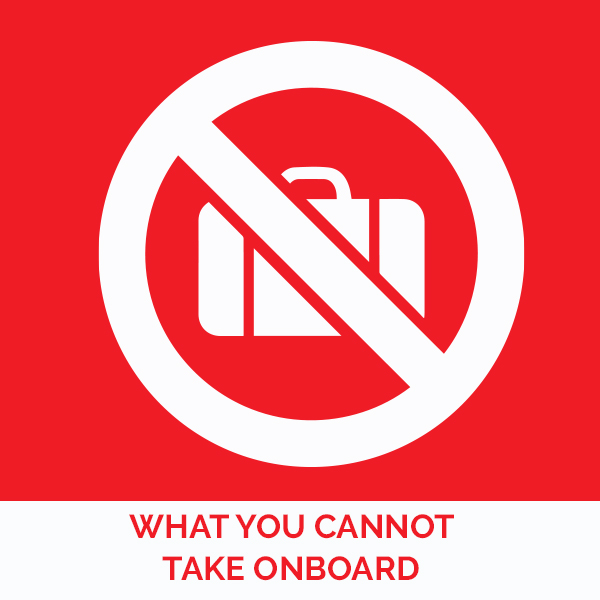LIQUIDS, AEROSOLS & GELS (LAGS)
LIQUIDS, AEROSOLS & GELS (LAGS)
All departing passengers are required to have both their boarding pass and travel document ready for inspection by airport security personnel upon entering the Departures Checking area.
- Enhanced security measures are also in place at the airport. To avoid unnecessary delays, make sure you do not pack any restricted articles in your hand baggage or carry it on person. If in doubt, please review the list of restricted articles.
- Dangerous goods, such as flammable liquids, corrosives substances, gas cylinders, are posing a risk to the safety of the aircraft and are not allowed on board, either as checked or hand baggage. Please refer to the list of dangerous goods for general information, or ask your airline for details.
- Security controls on the carriage of liquids, aerosols and gels (LAGs) in hand baggage by departing passengers are now in force at BIA. In line with the recommendations of the International Civil Aviation Organization (ICAO), the security restrictions for carriage of LAGs are:
For more details on the guidance for prohibited items, please click here.
- All LAG items carried in hand baggage must be stored in containers of capacity not exceeding 100ml each. Containers larger than 100ml will not be accepted, even if they are partially filled;
- Containers must be placed in a transparent re-sealable plastic bag with a capacity of one liter or less, which must close completely;
- The plastic bag must be presented separately from other hand baggage for inspection at the security point. Only one transparent plastic bag per passenger is permitted;
- Exemptions may be made for medications, baby milk / food and special dietary requirements, subject to verification.
Individual destinations or airlines may have different requirements on the carriage of liquids, aerosols and gels. Please check with your airlines or travel agents in advance.
MEDICAL AND OTHER REQUIREMENTS
1. LAGs of any kind carried in containers with a maximum volume of 100 ml should be placed in the 1 litre bag. However, exemptions may be granted for LAGs, which exceed the 100 ml limitation or are too large to be carried in a 1 litre bag, if it can be shown that these items are essential for medical purposes or meet special and essential dietary needs. In order to meet the requirements for this exemption, passengers or staff members should be required to provide written proof of authenticity for the exempted liquid(s).
2. This paragraph describes procedures to be followed in order to determine when an exemption may be authorized. Persons may be sensitive about their medical condition, and may therefore require discreet handling. If, after following the procedures in this guidance material, doubts remain regarding the validity of a LAG, the item in question should not be allowed beyond the screening point. Where there is any doubt, a plausibility check should be performed. The passenger could be invited to sample the items to prove that it is safe to do so.
a) Journey: The reference in 3.3.1.5 above to "the journey" refers to the journey of the person (i.e. the period away from home), and not simply the length of the flight. A passenger may only be taking a one-hour flight, but may with good reason be carrying more than 100 ml of medicine. If the medicine is being carried in a container of more than 100 ml, whether or not it fits into the litre bag is irrelevant, he or she should be asked why the medicine is needed in this amount, and whether it could not be carried in the aircraft hold. Only if the responses give the necessary assurance should the LAG's carriage in the cabin be permitted).
b) Medical purposes: LAGs required for "medical purposes" should be interpreted as including LAGs prescribed by a doctor or bought over-the-counter. In determining if a LAG with a total volume of over 100 ml is indeed essential to be carried in the cabin, and that the amount is no more than it is necessary for the journey, the passenger should be questioned on the nature of the LAG, the reasons why it is being claimed as essential, and the dosage. In principle, exemptions for over-the-counter medicines (e.g. nose sprays, cough medicines, contact lens solution) should be more restrictive in the quantity of liquid that is permitted, since these are not "life-or- death" medicines. In addition, LAGs that are not medicines but are used for medical purposes are permitted, examples of which include ice (if used to maintain the temperature of, for example, a transplant organ), blood or blood products, wet wipes and even "normal" LAGs if their use is justified on medical grounds (e.g. an autistic traveller that "needs" to have a particular brand of drink). Cylinders of compressed oxygen or air, not exceeding 5 kg gross mass, and cylinders to operate mechanical limbs may also be exempted on medical grounds.
c) Special dietary requirements: For a LAGs to qualify as a special dietary requirement it should be a food without which a passenger's health is threatened. Examples include expressed mother's milk and special foods for consumption during the flight, such as baby food for special diets for lactose-intolerant passengers or, gluten-intolerant passengers.
d) Proof of authenticity: Paragraph 3 .3.1 .2 notes that passengers may be asked to provide "Proof of authenticity" of an exempted LAG. In that event, it should be established that the name on the label of the prescription medication matches the name on the passengers' boarding pass. Where the LAG is non-prescription, and likely to be obtainable at the passenger's destination, a determination is required of whether the amounts carried are reasonable. In this context, reasonable amounts will include what is required for the duration of the flight, taking into account possible delays and flight diversions. If doubts exist regarding the quantity being carried by a passenger, or whether the LAG is needed for a medical or special dietary purpose, then-a plausibility check should be performed. The passenger could be invited to sample the items to prove that they are safe. For LAGs prescribed by a doctor, the passenger should be able to show that it is for his /her own use, for example by having their name on the label of the medicine or a note from a doctor. When verifying the proof of authenticity, the following points should be taken into consideration:
1) Instruction or advice from their doctor indicates that it would be dangerous to do so;
2) Passenger should not be asked to taste any medication, either their own or their child's, against their wishes; and
3) For children's prescription medication, the accompanying adult passenger should not be asked to taste the medicine, verification should instead be sought through questioning.
Where the volume of baby food is deemed excessive, it should not be allowed through the screening point. Baby products may include: baby milk; sterilized water; baby juice; and baby food may be in the liquid, gel or paste form and wet wipes.
1. 100g may be assumed to correspond to 100 ml.
2. Empty containers of any size are permitted
3. Indicative size of the 1 litre re-sealable plastic bag: 20.5 cm x 20.5 cm or 25 cm x 15 cm, or equivalent.
LEAGAL BACKGROUND
AUTHORITY
The authority for the security screening of departing passengers, items carried and their cabin baggage live in the National Civil Aviation Security Programme of Sri Lanka which is given legal authority by virtue of:
- (a)-The Air Navigation Act No.15 (1950);
- (b)-Air Navigation Regulations (1955); and
- (a)-The Air Navigation (Special Provisions) Act No.55 (1992).
- (b)-Civil Aviation Act No.14 of 2010
CIVIL AVIATION ACT NO.14 OF 2010
Power to search; (Section 19)
It shall be lawful for an employee of the Service Provider providing and maintaining an Aviation Security Service to search any person, including his belongings or any conveyance used by such person within the premises of the Aerodrome or at any other place or location where aeronautical services are being provided, where there is reason to believe that such person has committed or is about to commit a cognizable offence within the meaning of the Code of Criminal Procedure Act, No. 15 of 1979, or any offence under this Act, the Offences Against Aircraft Act,
Power to detain(Section 18)
Being an offence in respect of which a person may be arrested without a warrant, under section 32 of the Code of Criminal Procedure Act, No. 15 of 1979;
(2) In the performance of the duties referred to in subsection (1), it shall be lawful for any employee of such Service Provider, to detain any person
(3) Any person detained under subsection (2) shall unless released, be forthwith handed over to a police officer to be dealt with according to law.
CONTROL OF LIQUID AEROSOLS AND GELS (LAGs)
This Aviation Security Directive is issued pursuant to following ICAO Implementation Requirement
a) ICAO communicated with the contracting States on implementation of security measures of control on LAGs by the following ICAO State letters;
b) ICAO State letter AS 8/11-06/100 Confidential dated 1 December 2006 (referred to as State letter -1 hereafter)
c) ICAO State letter AS/8/11.06/100 confidential dated 30 March 2007(referred to as State letter -2 hereafter)
d) ICAO State letter AS 8/11-07/53 Confidential dated 6th July 2007(referred to as State letter-3 hereafter)
Regulation 19 of the Civil Aviation (Security) Regulations 2008 for guidance and necessary action to be taken by security screening staff, airline staff and operators of duty free shops for the control of liquids, aerosols and gels (LAGs).
SECURITY SCREENING
IDENTIFICATION OF PASSENGERS
Originating departure passengers shall be identified for travel as follows:
-
[a]-
A first identification of passengers shall be carried out by Airport Security Division (ASD) staff at the entrance to the passenger terminal building on production of valid airline ticket documentation. - [b]-
A second identification shall be carried out by ASD staff at the entrance to the check-in counter area on production of valid airline ticket documentation. - [c]-
A third identification shall be carried out by Sri Lankan Airlines handling agent staff at the check-in counters on production of valid travel documentation (i.e. airline tickets together with passport and any necessary visas). - [d]-
A fourth identification shall be carried out by Department of Immigration and Emigration staff and agents of the Directorate of Internal Intelligence for the purpose of establishing the bona fides of passengers. - [e]-
A fifth identification shall be carried out by ASD staff at the pre-boarding passenger and cabin baggage screening checkpoint on production of a valid boarding card. - [f]-
Final passenger identification shall be carried out by Sri Lankan Airlines handling agent staff or the staff of the relevant aircraft operator at the departure gate as part of the passenger / hold baggage reconciliation process on production of a valid boarding card and passport.
Passenger and their baggage screening is an important measure to improve your security when flying to and from Sri Lanka. If any passenger refuses to allow the security screening staff to search their body or baggage, you will not be permitted to pass through the security point or to board your aircraft.
PURPOSE OF SCREENING
The purpose of screening of passengers and their cabin baggage is to prevent weapons, explosives, or any other dangerous device, which may be used to commit an act of unlawful interference from being introduced on board an aircraft engaged in International Civil Aviation Operations.
WHAT YOU CANNOT TAKE ONBOARD
PROHIBITED ITEMS
The Sri Lanka Government determines what items are not permitted in carry-on baggage for security and safety reasons. These are called prohibited items and include sporting goods, kitchen utensils, tools, and other items with sharp edges or points capable of injuring someone. If you are not sure whether an item is prohibited, check with your airline, pack it in your checked baggage or leave it at home. You are required to surrender any prohibited items you are carrying before boarding your flight. Airports and airlines are under no obligation to store or return any surrendered prohibited items. Surrendered prohibited items will be disposed.
- WEAPONS
Articles primarily designed to kill, injure, immobilize or incapacitate. - DANGEROUS ARTICLES
Items used to threaten the safety of passengers or aircraft. - EXPLOSIVE DEVICES
Any item that can be triggered to explode. - DANGEROUS SUBSTANCES
Includes acids, corrosives and radioactive materials. - DANGEROUS GOODS
Any article or substance which, as presented for transport, is liable to explode, dangerously react, produce a flame or dangerous evolution of heat or dangerous emission of toxic, corrosive or flammable gases or vapours under conditions normally encountered in transport must not be carried on aircraft under any circumstance.
For further information about what you cannot take onboard including the current list of prohibited items, please contact Airport Security Division (AASL).
For more details on the guidance for prohibited items, please click here.
CONFISCATED ARTICLES
All articles that give reasonable cause for concern shall be confiscated by screening staff. In cases where firearms, explosives or other prohibited items are detected the passenger concerned shall be subject to further police investigation.
Need help?
We would be more than happy to help you. If you are unable to find what you are looking for here, please call
(+94) 11 226 4444comments@airport.lk

Before you fly
-
Arrival Procedures
The key steps to complete when arriving at BIA.
-
Departure Procedures
The key steps to complete when departing at BIA.
-
Getting Around
We are committed to serving you by meeting all of your ground transportation needs.
-
Transit
Thank you for visiting our center and have a wonderful trip!







.jpg)


